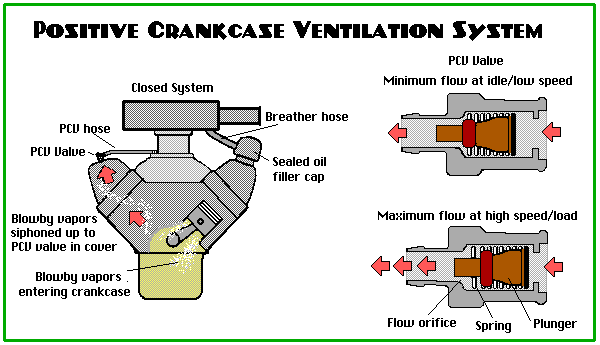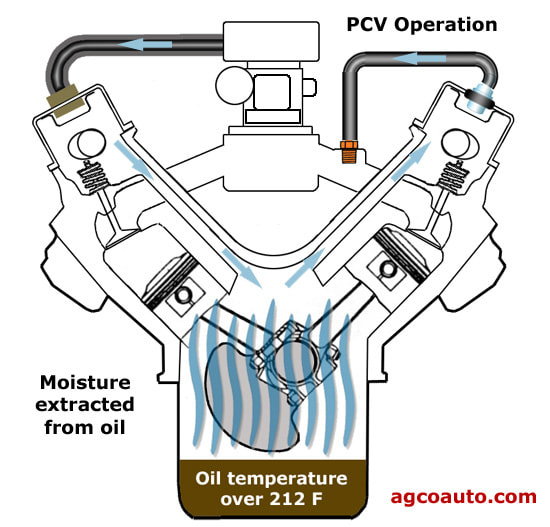PCV valve
The positive crankcase ventilation valve releases exhaust gas and unburned fuel from the engine block into the intake manifold. All engines allow some exhaust gases, unburned fuel and oil to “blow by” the pistons and collect in the crankcase where it produces sludge if not eliminated. Separating the crankcase from the intake manifold, which is a source of varying air pressure, the PCV valve maintains the optimal level of vacuum in the crankcase to extract the products of blow-by as well as potentially damaging moisture.
Automakers may designate a replacement interval. The valve is an inexpensive, easily replaced example of the dozens of parts that can elicit a check engine light and associated vexing investigation. It can also be the source of oil leaks. -cars.com
The positive crankcase ventilation valve releases exhaust gas and unburned fuel from the engine block into the intake manifold. All engines allow some exhaust gases, unburned fuel and oil to “blow by” the pistons and collect in the crankcase where it produces sludge if not eliminated. Separating the crankcase from the intake manifold, which is a source of varying air pressure, the PCV valve maintains the optimal level of vacuum in the crankcase to extract the products of blow-by as well as potentially damaging moisture.
Automakers may designate a replacement interval. The valve is an inexpensive, easily replaced example of the dozens of parts that can elicit a check engine light and associated vexing investigation. It can also be the source of oil leaks. -cars.com


